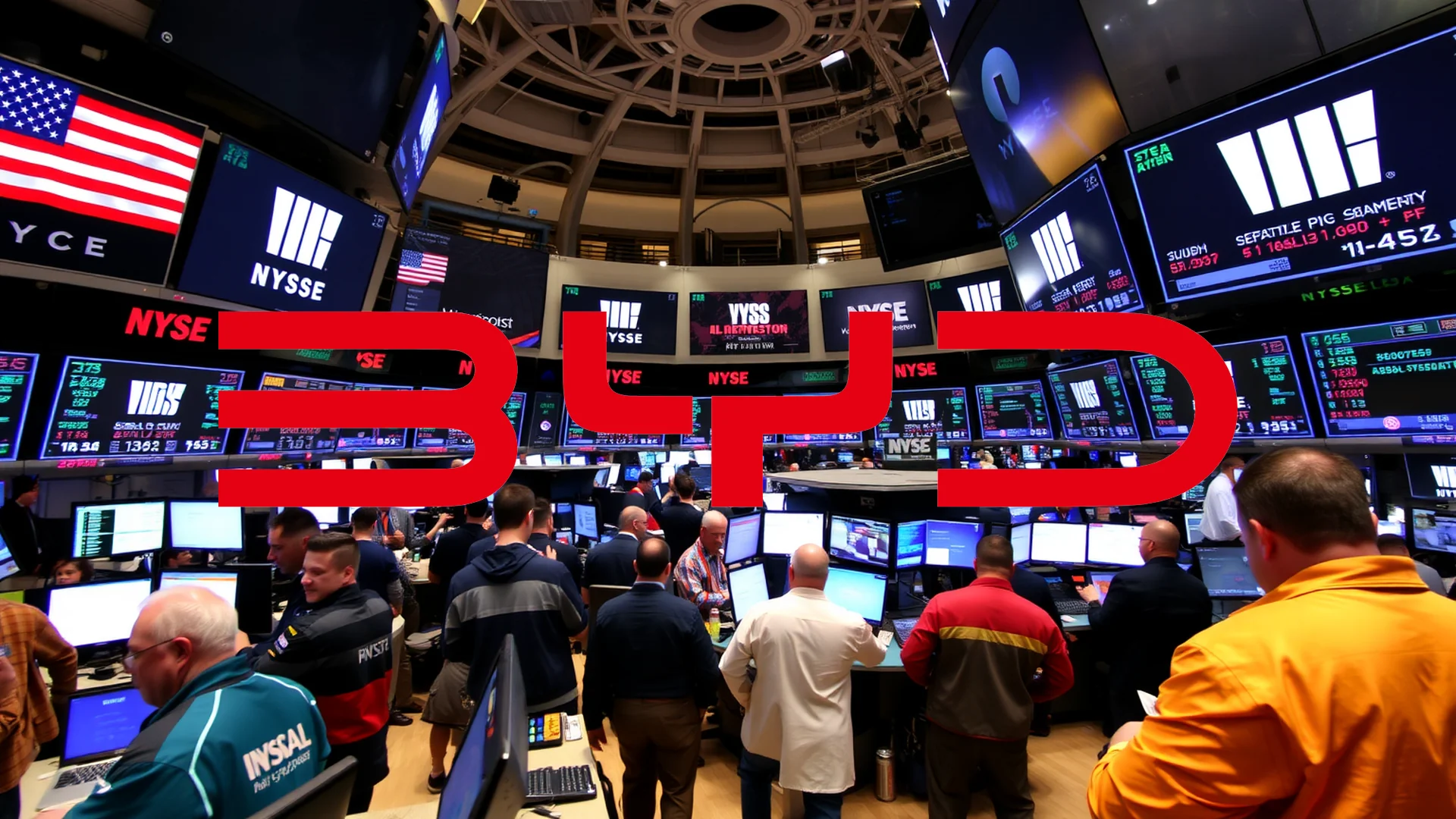UnitedHealth Group, a dominant force in the American health insurance sector, is confronting significant operational pressures from two separate directions. The healthcare giant finds itself embroiled in contentious negotiations with a major Minnesota hospital network while simultaneously implementing controversial coverage reductions for specific digital health services. This dual-front situation raises questions about the company’s strategic positioning amid evolving healthcare dynamics.
Digital Health Coverage Shifts
Beginning January 2026, UnitedHealthcare will eliminate coverage for remote patient monitoring services targeting two widespread chronic conditions: type 2 diabetes and hypertension. The insurer justifies this decision by citing “latest clinical findings” that allegedly no longer support cost coverage for these specific applications. Notably, the company will maintain RPM benefits for chronic heart failure and pregnancy-related hypertension, areas where it considers efficacy sufficiently demonstrated.
This policy change signals a pivotal moment for the rapidly expanding digital health market. After years of explosive growth, providers of remote monitoring technologies now face mounting pressure to conclusively demonstrate both the medical effectiveness and financial viability of their offerings. UnitedHealthcare’s move establishes a precedent that competing insurers might potentially follow, potentially reshaping reimbursement standards across the digital health landscape.
Contract Dispute Puts Patient Access at Risk
Simultaneously, UnitedHealthcare’s standoff with the M Health Fairview hospital system in Minnesota has intensified dramatically. Should negotiations remain unresolved, more than 100,000 insured individuals could lose network access to these facilities beginning January 1, 2026. The core disagreement centers on Fairview’s reported demand for rate increases exceeding 23 percent.
Should investors sell immediately? Or is it worth buying Unitedhealth?
UnitedHealthcare contends that such increases would position the hospital system as substantially more expensive than comparable regional facilities, potentially generating over $121 million in additional costs for employers and policyholders. While discussions regarding commercial insurance plans remain deadlocked, the parties successfully reached a separate agreement in early November covering Medicare Advantage members. These patients will retain access to Fairview facilities, at least temporarily.
Strategic Direction Under Scrutiny
Market attention now turns to UnitedHealth’s upcoming appearance at the UBS Global Healthcare Conference on Monday, November 10. Investors anticipate management will provide clarity regarding the company’s strategic direction and cost containment initiatives. The subsequent quarterly report scheduled for January 2026 will likely reveal whether these aggressive cost-control measures prove effective, or if reputational damage stemming from contract disputes and benefit reductions ultimately imposes substantial long-term consequences.
The convergence of these challenges presents UnitedHealth with a complex operational environment as it balances cost management against patient access and evolving standards of care. How the company navigates these parallel issues will undoubtedly influence its market position and investor perception in the coming quarters.
Ad
Unitedhealth Stock: Buy or Sell?! New Unitedhealth Analysis from December 25 delivers the answer:
The latest Unitedhealth figures speak for themselves: Urgent action needed for Unitedhealth investors. Is it worth buying or should you sell? Find out what to do now in the current free analysis from December 25.
Unitedhealth: Buy or sell? Read more here...













